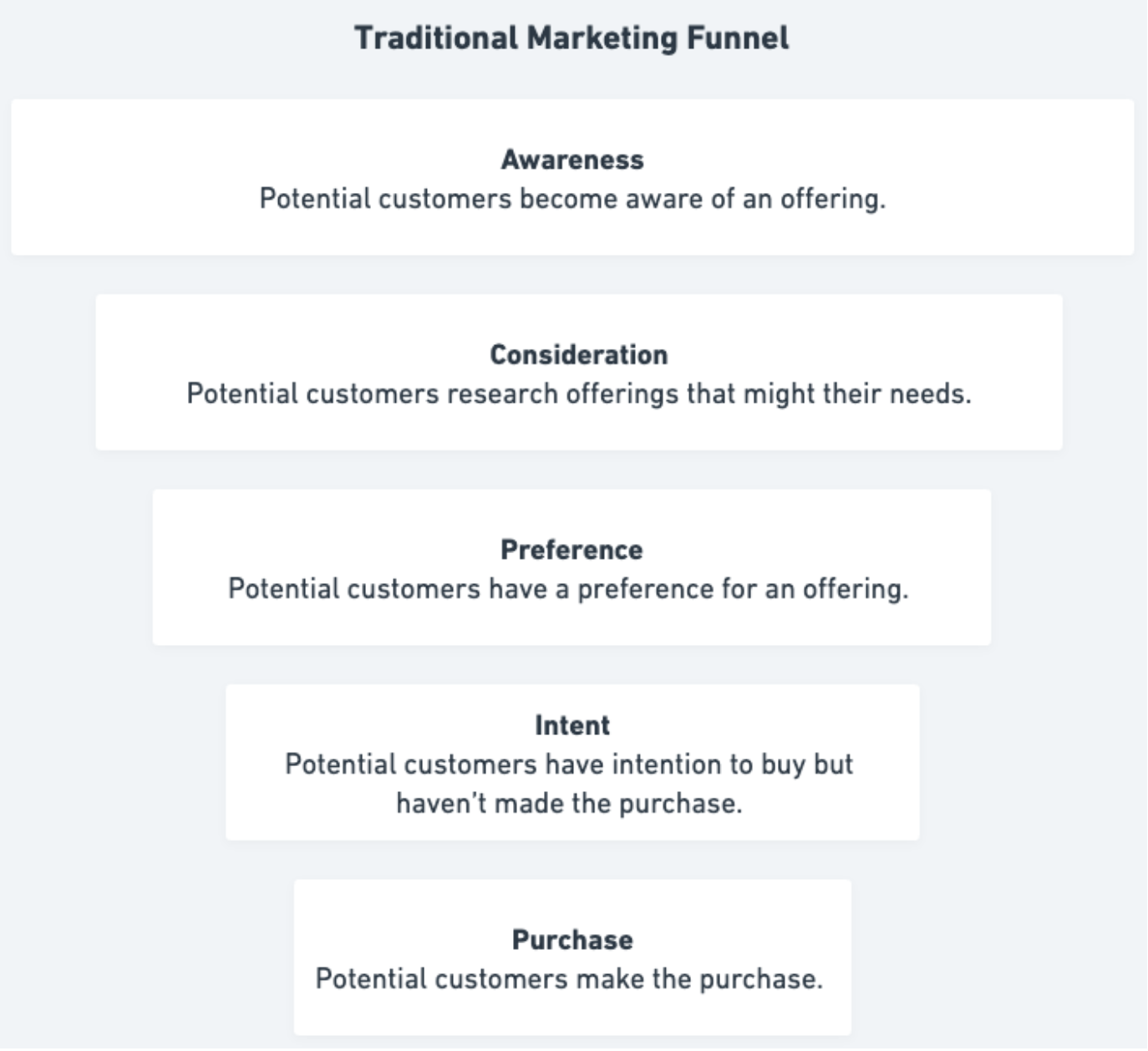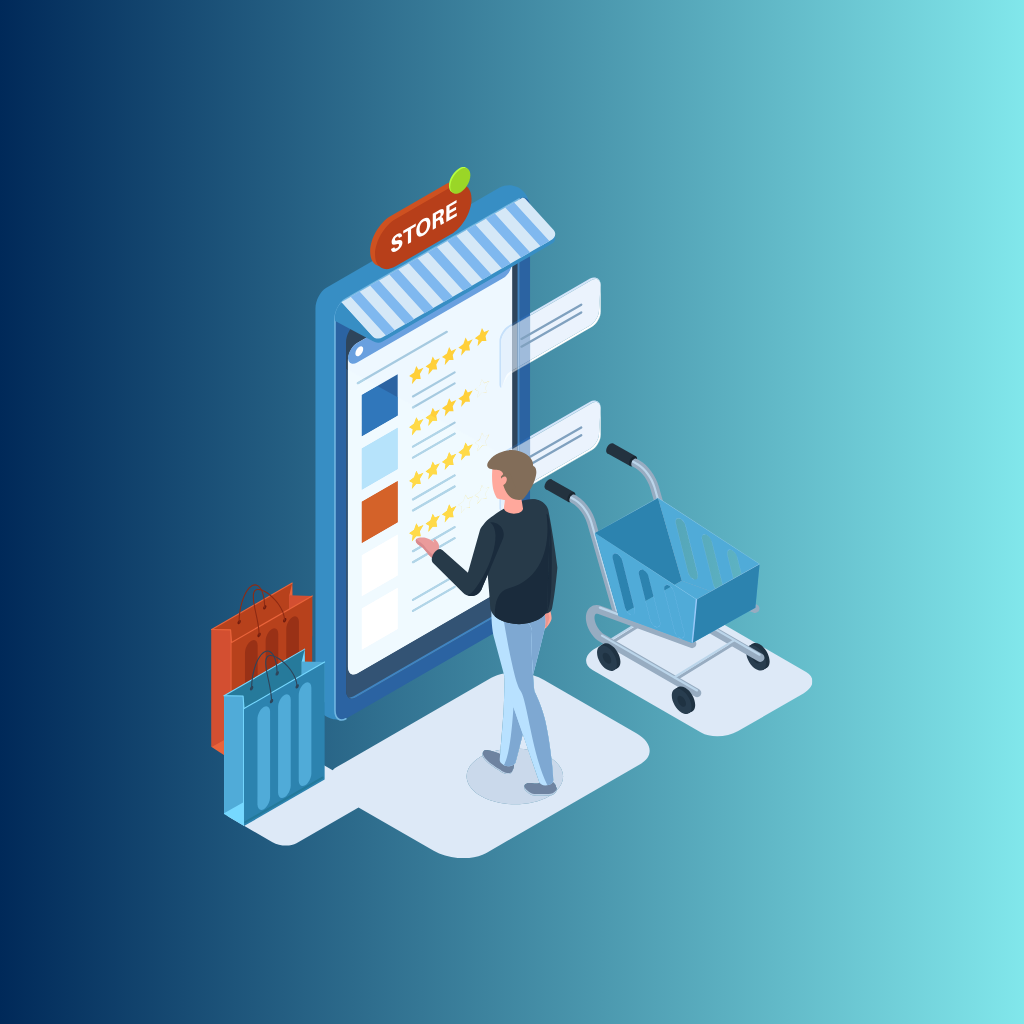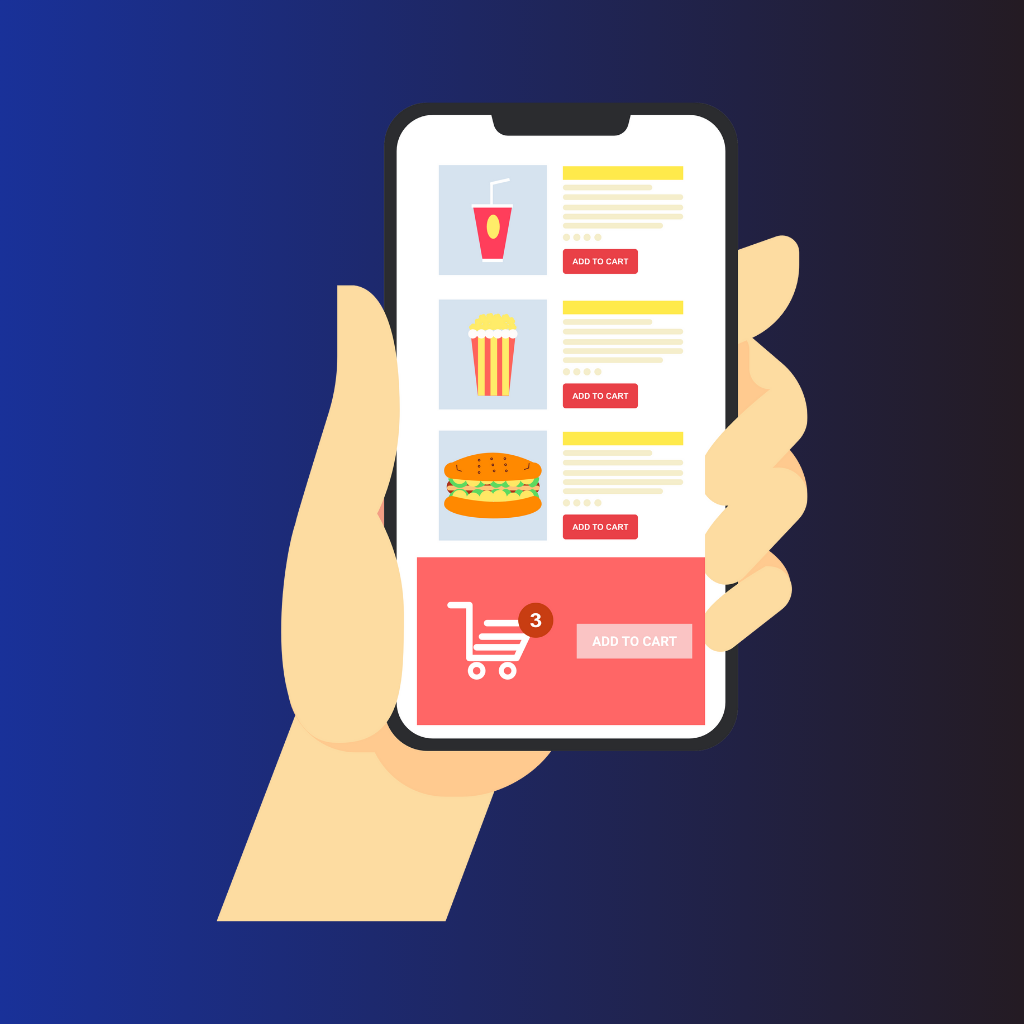In the bustling realm of e-commerce, the perpetual quest to amplify revenue is a common thread that binds businesses together. The journey from attracting a visitor to converting them into a customer is intricate and influenced by numerous variables, including traffic, conversion rate, and average order value. This blog illuminates the path to elevating revenue by honing in on one pivotal aspect: enhancing the "Conversion To Purchase" component. Through a meticulous exploration of the marketing funnel and its alignment with e-commerce sections, we embark on a journey to unravel strategies that not only enhance conversion rates but also fortify the entire user journey from initial awareness to the final purchase.
1. How to increase revenue
If you're operating an e-commerce platform, it's likely driven by the desire to amplify the revenue generated through your website.
At its core, revenue can be distilled into the following equation:

Where:
- Traffic represents the number of users who visit your website.
- Conversion To Purchase denotes the percentage of site visitors who finalize a purchase.
- Average Order Value is the mean value of orders placed by these users.
To elevate revenue, e-commerce proprietors should concentrate on enhancing these three variables.
The primary objective of this guide is to focus is on refining the "Conversion To Purchase" component.
2. The marketing funnel
Many existing resources provide tools to enhance conversion without offering a comprehensive structure for implementation.
We believe this approach falls short. Without a proper framework, you're left with tools but lack a systematic way to prioritize and organize them.
Our method leans on the traditional sales and marketing funnel. This funnel delineates the stages a consumer navigates, from initial awareness of a product or service to the final purchase. Each stage captures a distinct level of engagement and consumer mindset. Here's how it unfolds:
- Awareness: This is the initial stage where potential customers first become aware of a product or service. This can happen through various channels, including advertising, word of mouth, social media, or organic search. The goal for businesses at this stage is to increase brand visibility and recognition.
- Consideration: After becoming aware of a product, service, or brand, potential customers begin to research and consider whether the offering might meet their needs or solve a problem they have. They might compare features, benefits, and prices, and look at reviews or ask friends for recommendations. Businesses at this stage should provide more detailed information and showcase how their product or service stands out from the competition.
- Preference: At this stage, potential customers have a preference for a particular product, service, or brand over others. They may have shortlisted a few options and are leaning towards one. Businesses need to emphasize their unique selling proposition (USP) and reinforce the benefits of their product or service.
- Intent: Now, the potential customer has a clear intention to buy but hasn't made the purchase yet. They might be looking for the best deal, waiting for a sale, or considering where to buy from. For businesses, this is a crucial stage to provide incentives (like discounts or bonuses) or reassurance (through warranties or guarantees) to push the customer towards the final purchasing decision.
- Purchase: This is the final stage where the potential customer becomes an actual customer by making a purchase. For businesses, ensuring a smooth transaction process, providing excellent customer service, and offering post-purchase support are essential to secure the sale and encourage repeat business.
After the purchase, there's typically a stage centered on retention and advocacy. Satisfied customers may return for more purchases, endorse the product or service to peers, or even evolve into brand champions. Prioritizing this post-purchase experience can bolster customer loyalty and expand the customer base via referrals. However, we'll set this stage aside for the moment, as it holds less relevance in the context of conversion.

Funnels are crucial as they offer a streamlined model to grasp the customer's mindset at each stage of the sales process. This understanding allows sellers to communicate in ways that resonate deeply with the customer.
It's now essential to align the marketing funnel with the various sections of an e-commerce platform.
3. E-commerce sections
E-commerce websites typically consist of several traditional pages and sections. These pages play a pivotal role in guiding the user journey, influencing purchase decisions, and optimizing conversions.
- Home page: The home page is often the first point of contact for visitors. It sets the tone for the brand and provides a snapshot of what the e-commerce site offers.
- Landing page: Landing pages are specifically designed for targeted marketing campaigns. They focus on a single objective, be it promoting a particular product, a sale, or capturing leads.
- Product Listing Page (PLP): The PLP displays a list or grid of products within a particular category or based on search results.
- Product Detail Page (PDP): The PDP provides comprehensive information about a specific product.
- Cart: The cart page displays the products a user intends to purchase.
- Checkout: The checkout process finalizes the purchase.
Other section While the following sections might not directly influence the purchase funnel, they play a role in building trust, providing information, and enhancing the overall user experience.
- Blog Homepage & Blog Pages: These sections offer insights, news, and updates related to the brand or industry. They can drive organic traffic and position the brand as an industry leader.
- About Us: This section tells the brand's story, its mission, and values. It helps in building trust and connecting with the audience on a personal level.
- FAQ Pages: Addressing common questions and concerns can reduce customer support inquiries and help users make informed decisions.
4. The marketing funnel and the e-commerce pages
To streamline the user journey on an e-commerce website, it's beneficial to align stages in the marketing funnel with specific pages on the site. This approach, albeit a simplification, provides clarity on what each page must accomplish to usher the user to the subsequent step in their journey. Here are the funnel and corresponding E-commerce actions:
- Awareness Stage
- Home Page: The primary landing space where users get their first impression. The main action here is site viewing.
- Landing Page: Often used for specific campaigns or product launches. The primary action remains site viewing.
- Product Listing Page: A showcase of multiple products or categories. The main action is for users to view various products.
- Consideration Stage
- Product View: Here, users delve deeper into specific products, reading descriptions, viewing images, and perhaps checking reviews. The primary action is an in-depth product view.
- Preference Stage
- Cart: Users indicate a preference by adding items to their cart. The primary action is the 'Add to Cart' function.
- Intent Stage
- Checkout: This is where users show a clear intent to purchase. They review their selected items and move towards payment. The main action is entering the checkout process.
- Purchase Stage:
- Thank You Page: Post-purchase, users land on this page. It confirms their purchase and often offers additional information or next steps. The primary action completed here is the purchase itself.
By understanding and implementing this alignment, e-commerce businesses can create a more intuitive and user-friendly experience, potentially leading to higher conversion rates.
Summary
| Funnel Journey | E-commerce page | Action |
|---|---|---|
| Awareness | Home Page | Site view |
| Landing Page | Site view | |
| Product Listing Page | Site view | |
| Consideration | Product View | Product View |
| Preference | Cart | Add to Cart |
| Intent | Checkout | Enter Checkout |
| Purchase | Thank you page | Purchase |
5. Start optimizing from the bottom of the funnel
In the realm of Conversion Optimization for e-commerce, there's a strategic approach that emphasizes starting the optimization process from the bottom of the funnel and then working upwards. This essentially means beginning with the checkout section and progressively moving to the initial touchpoints of the user journey.
Why Start from the Bottom?
- High-Value Audience: Users at the bottom of the funnel are those who have shown a clear intent to purchase. They've navigated through the site, selected products, and are on the verge of making a transaction. Engaging with this audience segment can yield immediate and significant revenue gains.
- Fewer Distractions: As users approach the end of their buying journey, they encounter fewer distractions. This means that even minor optimizations can have a pronounced effect on conversion rates.
- Addressing the "Leaky Bucket": Think of your sales funnel as a bucket. Before pouring in more water (traffic), it's wise to patch any leaks (conversion issues) first. By optimizing the bottom of the funnel, you ensure that incoming traffic doesn't go to waste due to preventable conversion barriers.
- Efficient Resource Allocation: Often, making changes to the checkout process or cart can be more straightforward and yield quicker results than overhauling broader sections of the website. This approach ensures that resources are used efficiently for maximum impact.
Optimization Sequence To ensure a systematic and effective optimization process, we'll tackle the website's sections in the following order:
1.Checkout
2.Cart
3.Product Detail Page (PDP)
4.Product Listing Page (PLP)
5.Landing Page
6.Navigation Sections
7.Home Page
By following this sequence, we aim to capitalize on immediate revenue opportunities while laying the groundwork for long-term conversion optimization across the entire website.
Conclusion:
Navigating the complex landscape of e-commerce revenue optimization necessitates a strategic, structured approach that meticulously aligns with the customer's journey through the marketing funnel. By intertwining the stages of the funnel with respective e-commerce sections, businesses can craft a user journey that resonates, engages, and gently guides visitors from awareness to conversion. Starting the optimization process from the bottom of the funnel ensures that the high-value, purchase-intent audience is prioritized, thereby securing immediate revenue opportunities while simultaneously laying a robust foundation for sustained, long-term conversion enhancement across the platform. As e-commerce proprietors embark on this journey, the alignment of the marketing funnel and e-commerce actions, coupled with strategic optimization, paves the way for not just increased conversions, but also an enriched user experience that fosters loyalty and advocacy in the long run.


